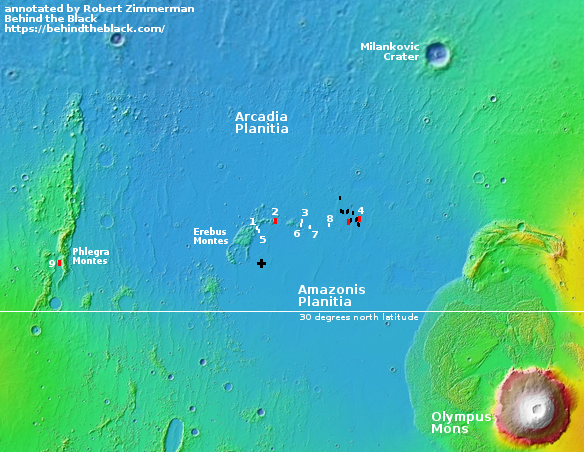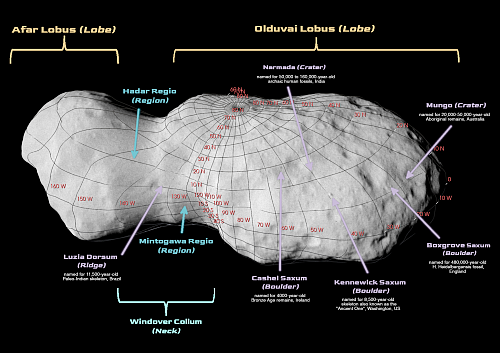September 19, 2025 Quick space links
Courtesy of BtB’s stringer Jay. This post is also an open thread. I welcome my readers to post any comments or additional links relating to any space issues, even if unrelated to the links below.
- Starcloud and Mission Space forge partnership to integrate Starcloud’s “orbital data centers” with Mission Space’s weather data, using AI
More AI, and a press release that makes it almost incomprehensible what these companies plan to do.
- Stoke Space touts installation of its flame diverter at its launchpad in Florida
Water suppression tests are next.
- The Parker Solar Probe completes its 25th Sun close flyby
This fly-by matched the records of two previous close approaches, getting within 3.8 million miles of the Sun at a speed of 430,000 miles per hour.
- On this day in 1977, Voyager 1 took the first image of both Earth and Moon, in a single frame
It was taken from 7.25 million miles away, two weeks after launch as the spacecraft headed out into the solar system.
Courtesy of BtB’s stringer Jay. This post is also an open thread. I welcome my readers to post any comments or additional links relating to any space issues, even if unrelated to the links below.
- Starcloud and Mission Space forge partnership to integrate Starcloud’s “orbital data centers” with Mission Space’s weather data, using AI
More AI, and a press release that makes it almost incomprehensible what these companies plan to do.
- Stoke Space touts installation of its flame diverter at its launchpad in Florida
Water suppression tests are next.
- The Parker Solar Probe completes its 25th Sun close flyby
This fly-by matched the records of two previous close approaches, getting within 3.8 million miles of the Sun at a speed of 430,000 miles per hour.
- On this day in 1977, Voyager 1 took the first image of both Earth and Moon, in a single frame
It was taken from 7.25 million miles away, two weeks after launch as the spacecraft headed out into the solar system.












